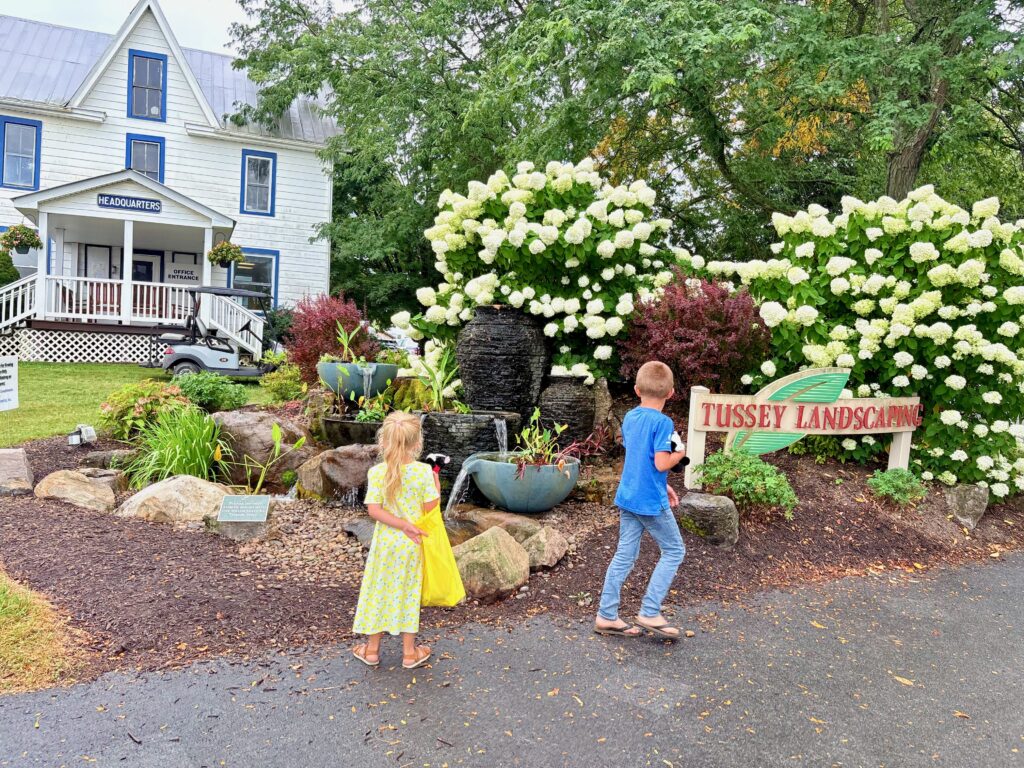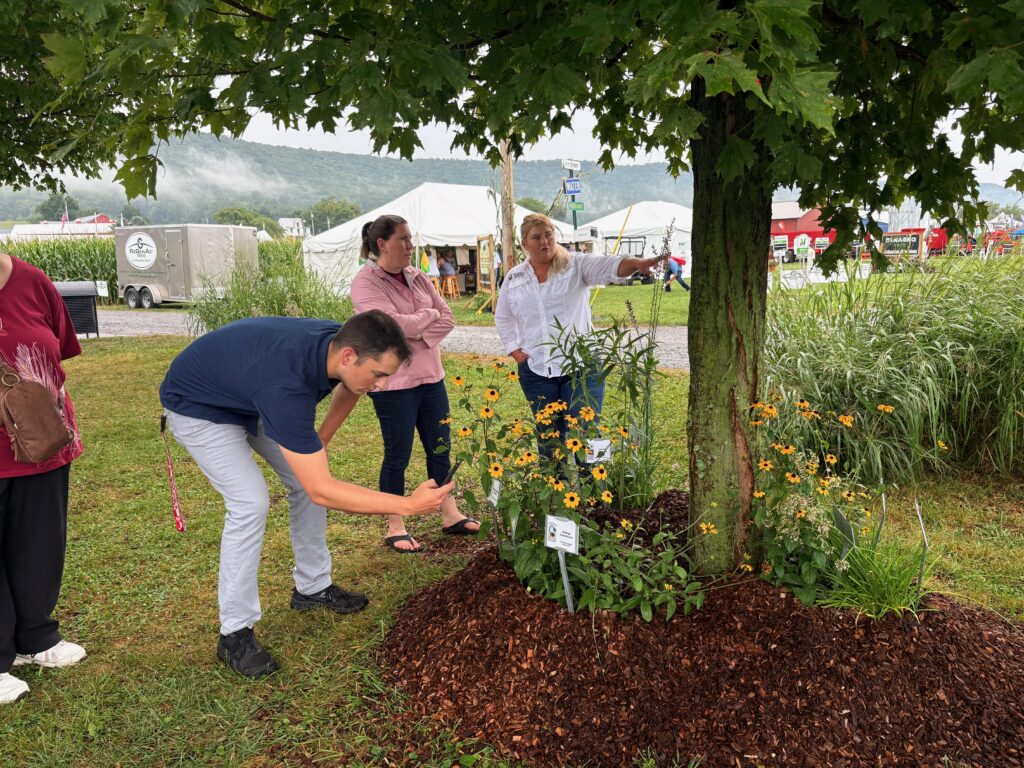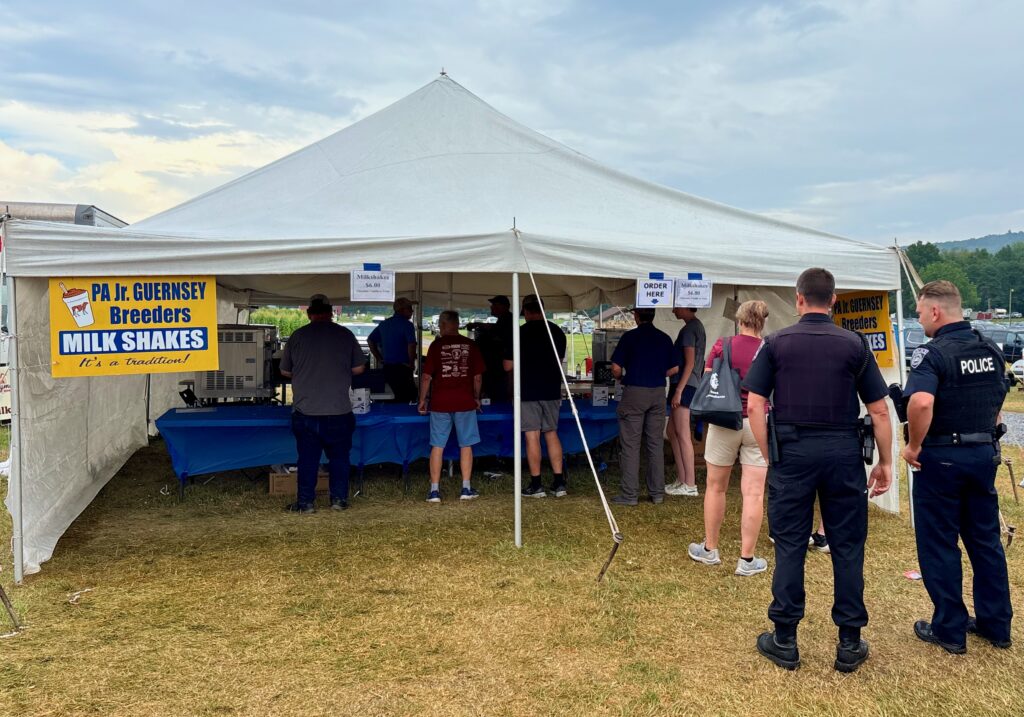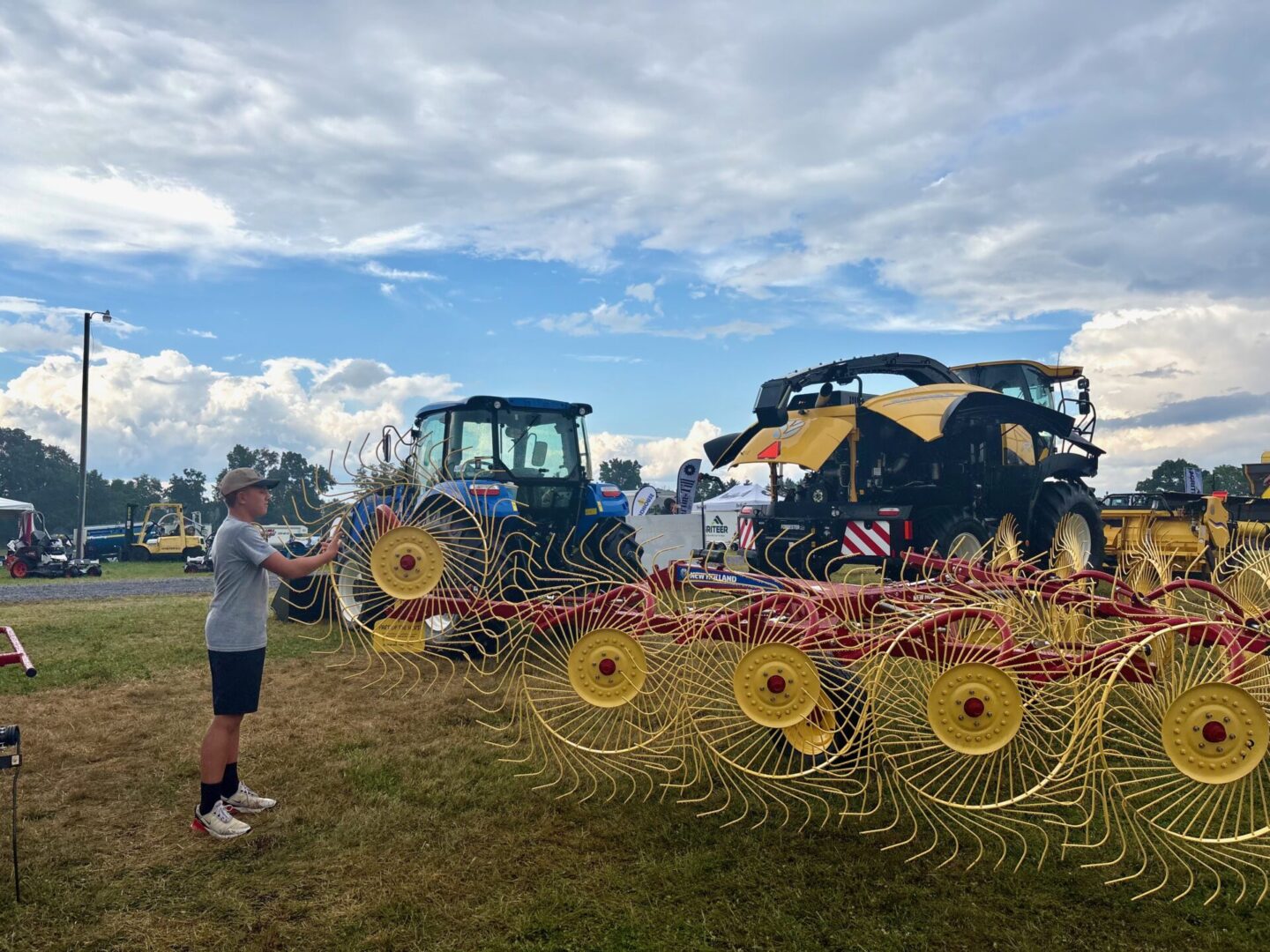The 49th annual Ag Progress Days is bringing tens of thousands of visitors to Penn State’s Russell E. Larson Agricultural Research Center at Rock Springs this week, filling the grounds with demonstrations, exhibitions and expert talks that span nearly every corner of the agricultural industry.
As crowds moved between booths and stages on Wednesday, the second day of the three-day event, they encountered wildlife programs, the latest farm equipment, hot air balloons and even virtual reality experiences designed to show how innovation is reshaping the way food is grown, animals are cared for and land is managed.
Hosted by Penn State’s College of Agricultural Sciences, the annual expo is one of the largest in the eastern United States, featuring nearly 500 commercial and educational exhibitors from across the U.S. and Canada exhibits alongside crop displays, machinery demonstrations, guided research tours, family and youth programming, horse exhibitions, workshops and museums.
This year’s College of Agricultural Sciences Exhibits Building centers on the university’s Technology for Agriculture and Living Systems initiative, which brings researchers and extension specialists together across disciplines to develop real-world solutions that boost food production, protect Pennsylvania’s natural landscapes and strengthen community resilience. Faculty members and Penn State Extension educators are addressing topics such as animal health protection, invasive species updates and agricultural education and careers, with additional presentations staged in the building’s theater area.
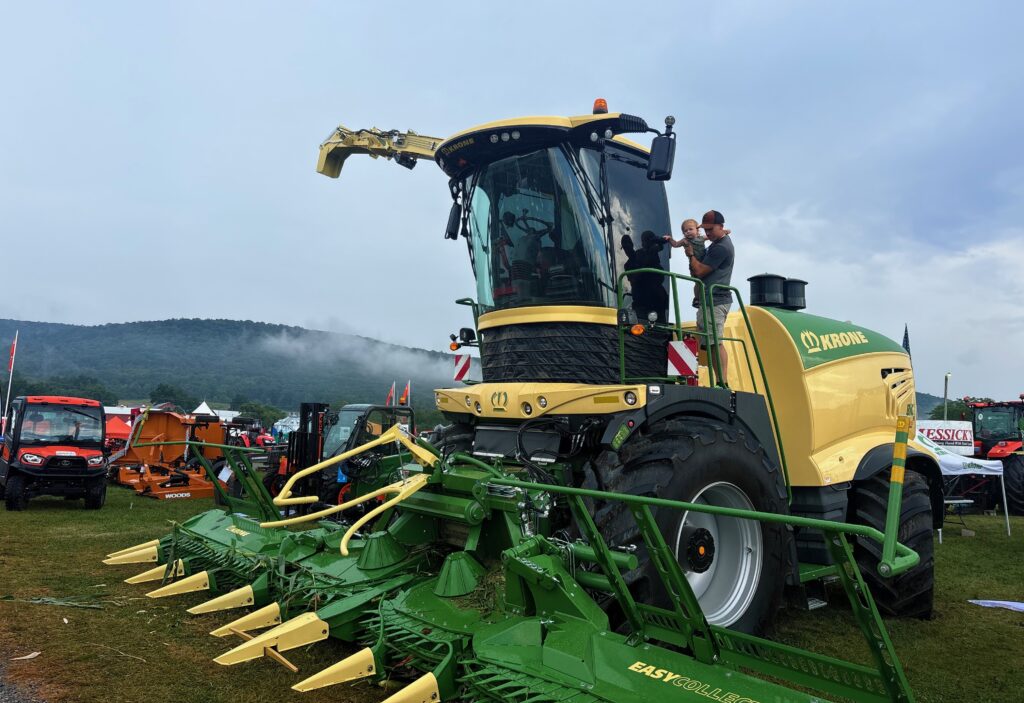
Across the trade-show grounds, visitors can take a look at the newest products, services and technologies in action. Exhibitors cover field machinery, milking systems, animal genetics, storage structures, feed, tools, trailers, sprayers, mixers, livestock housing and utility vehicles, to name a few. Field demonstrations and hands-on workshops give producers a chance to compare options and talk directly with manufacturers, researchers and extension experts about performance in Pennsylvania conditions.
Youth and families have a full slate of activities. The 4-H Youth Building introduces young attendees to the state’s 4-H program, dairy product knowledge and the basics of raising rabbits and poultry. Around the grounds, Shaver’s Creek Environmental Center hosts a wildlife tent, while a corn maze, a butterfly house and interactive stations in the Pasto Agricultural Museum offer engagement for children and parents.
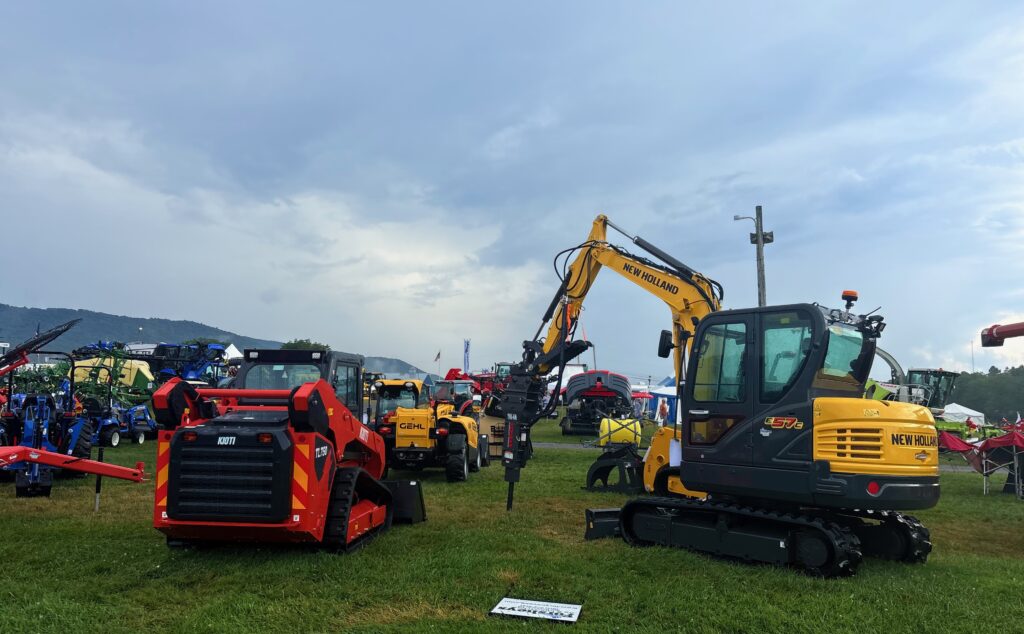
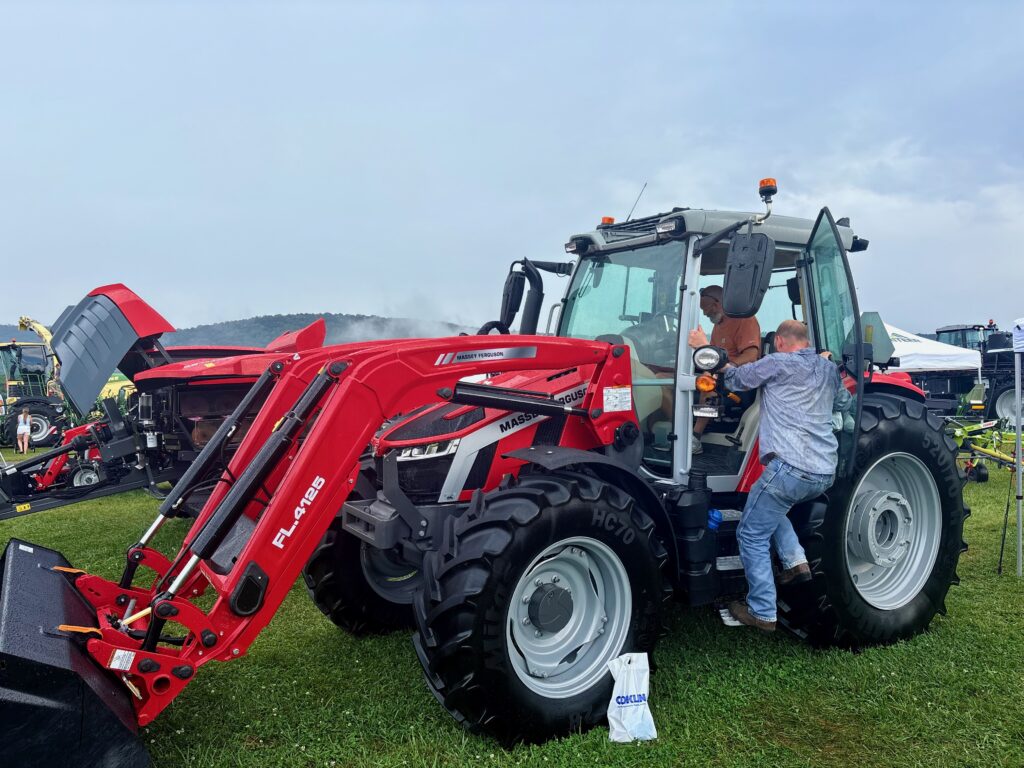

In the Family Room building, extension educators are leading food demonstrations and discussions on healthy living, covering food safety, physical activity and stress management, to name a few. New exhibits this year focus on online safety and digital skills, reducing colorectal cancer risk and sun-safety and skin-cancer prevention.
Visitors curious about the science behind the spectacle can join guided tours that bus participants to research plots around the Larson center. Penn State researchers and extension specialists walk through projects on rural and farm pond management, organic vegetable production, livestock management and forest management, giving farmers and landowners a close look at trials and practices they can adapt at home.
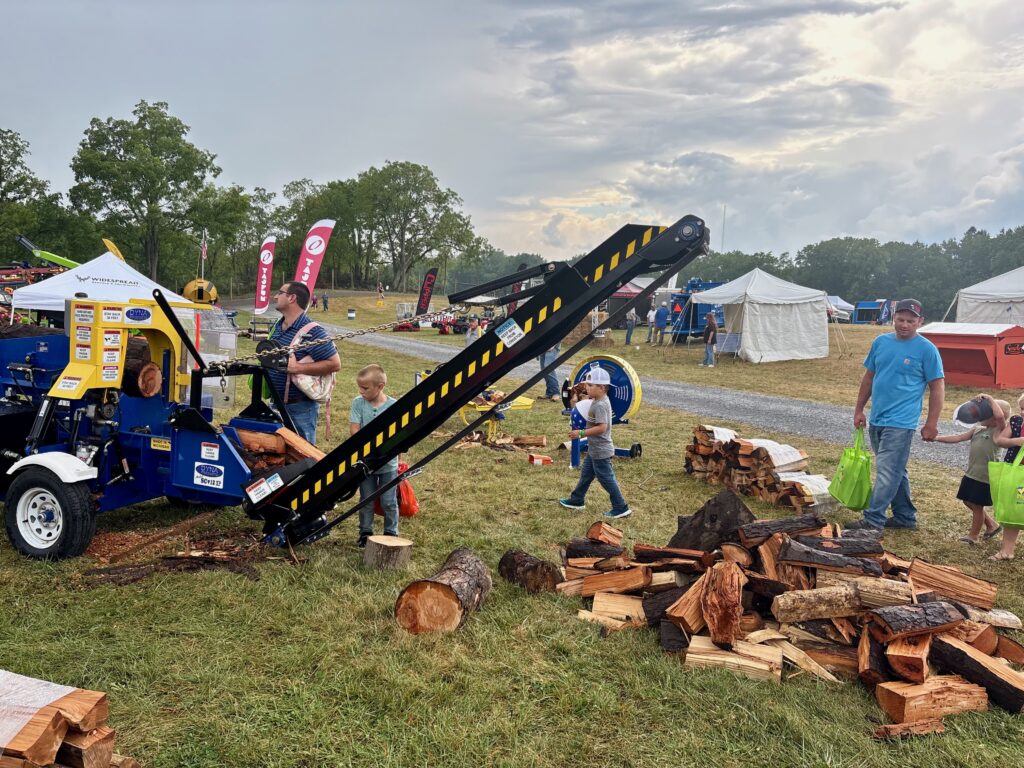
In the Crops, Soils and Conservation Area, exhibits highlight crop management, renewable energy, conservation education, planting techniques and natural resources.
At the Farm Safety Demonstration Area and the Rural Health and Safety Tent, a full schedule of demonstrations and hands-on programming covers common risks and best practices for farm safety.
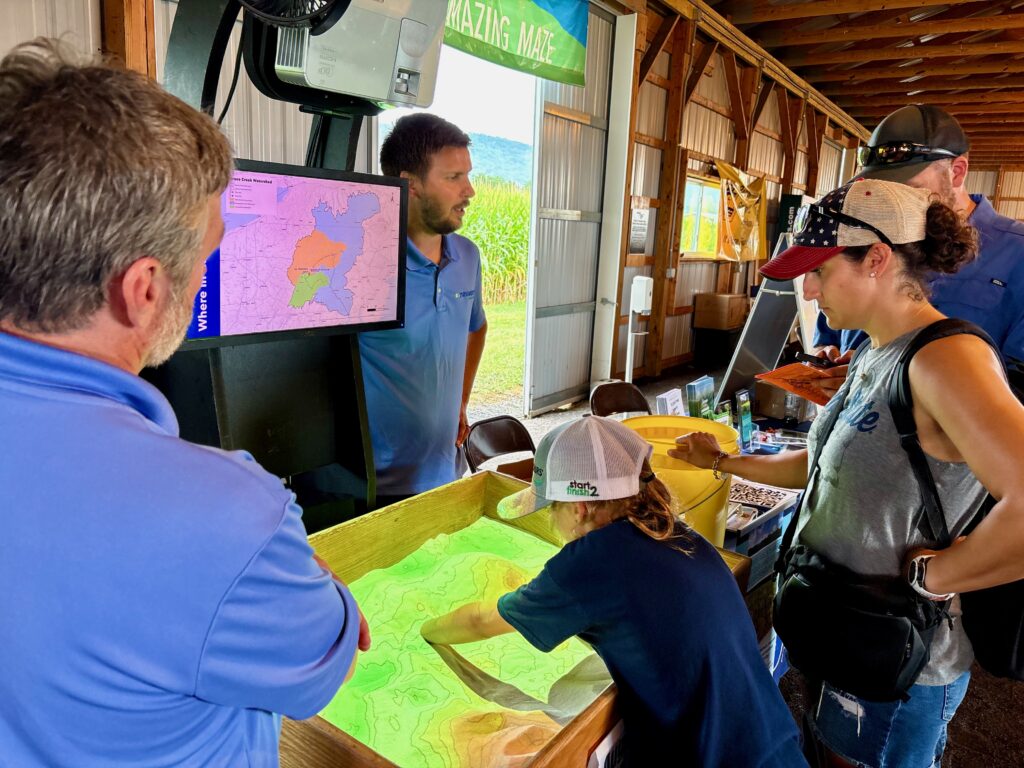
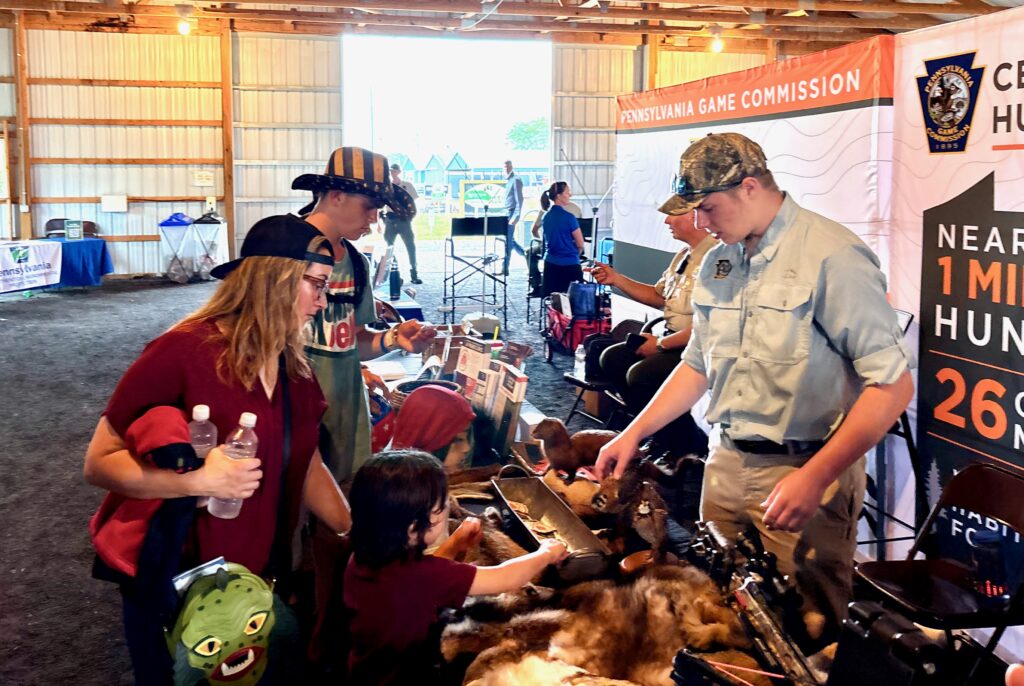
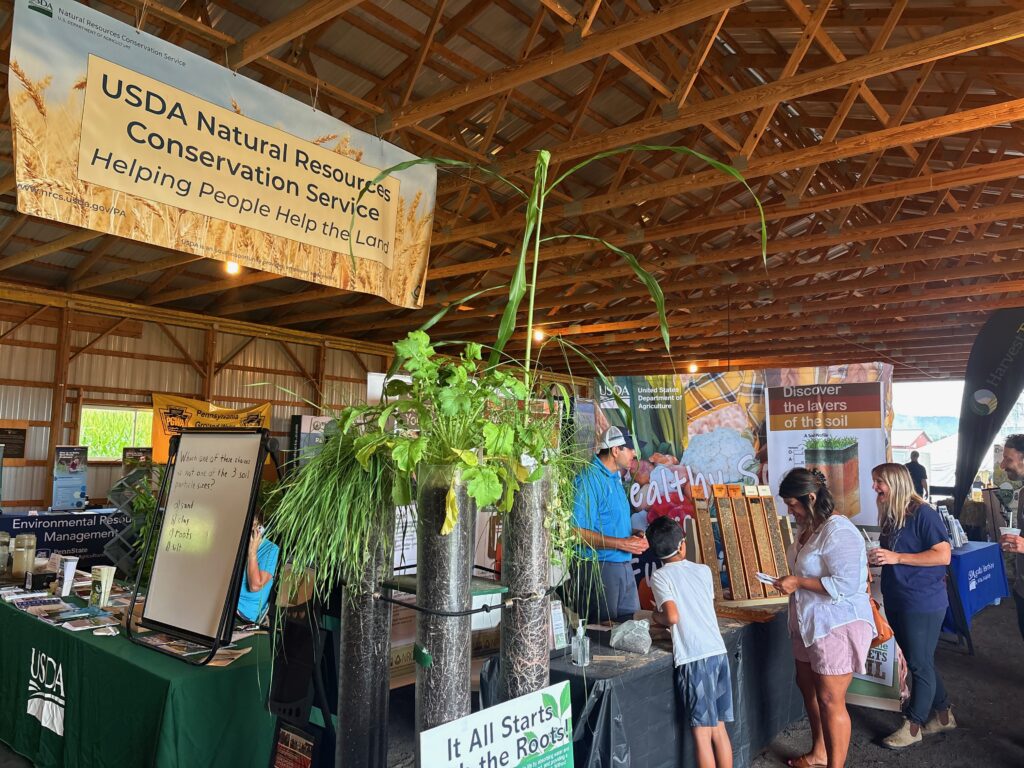
Homeowners and horticulture enthusiasts can find research-based advice in the Yard and Garden Area, where Extension Master Gardeners, educators and specialists in horticulture, entomology and plant pathology answer questions on pests, plant health and landscape choices. A butterfly house illustrates pollinator ecology, and the Bee Tent features an observation hive, beekeeping tools and displays on Pennsylvania’s bee species. Daily presentations cover practical topics such as flower arranging, apple-tree care, native plants and trees, home composting and more.


Horses and horse-powered history are on display at the Equine Arena and Equine Exhibits Building at the top of Main Street. The program includes the Spring Mount Percherons six-horse hitch, Bear Hill Logging demonstrations on horse logging and restorative forestry, and handling and training demonstrations with American Quarter Horses from Penn State’s equine science program. New this year, USA Working Equitation appeared on Wednesday for two demonstrations, adding a technical, sport-focused dimension to the schedule.
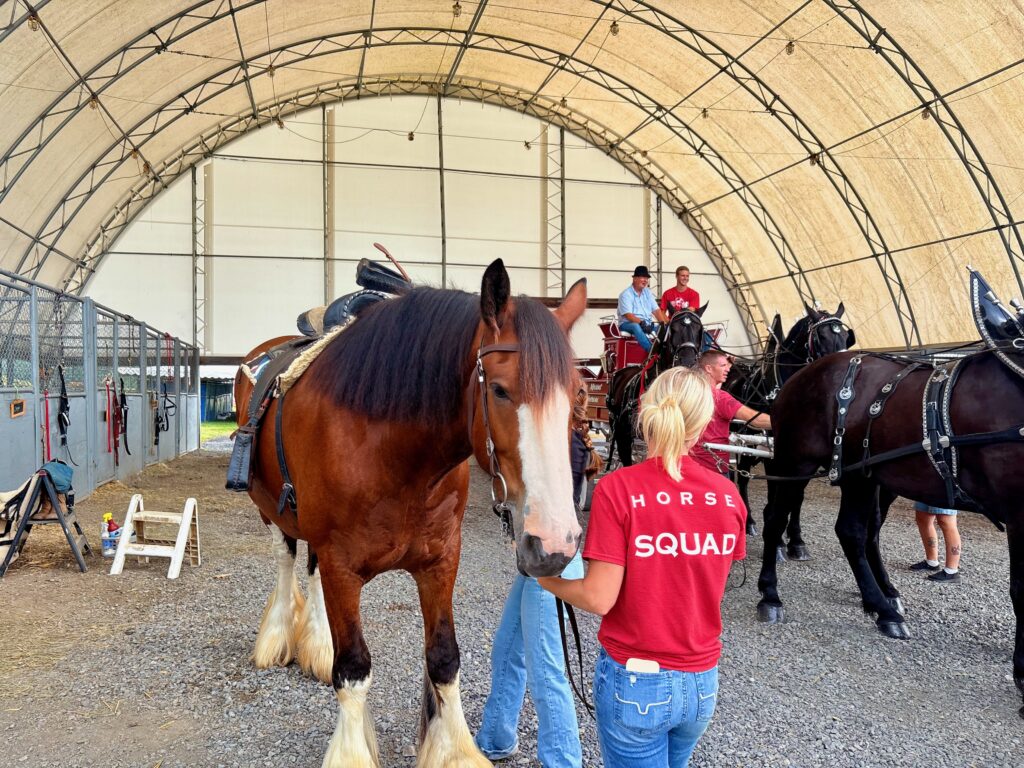
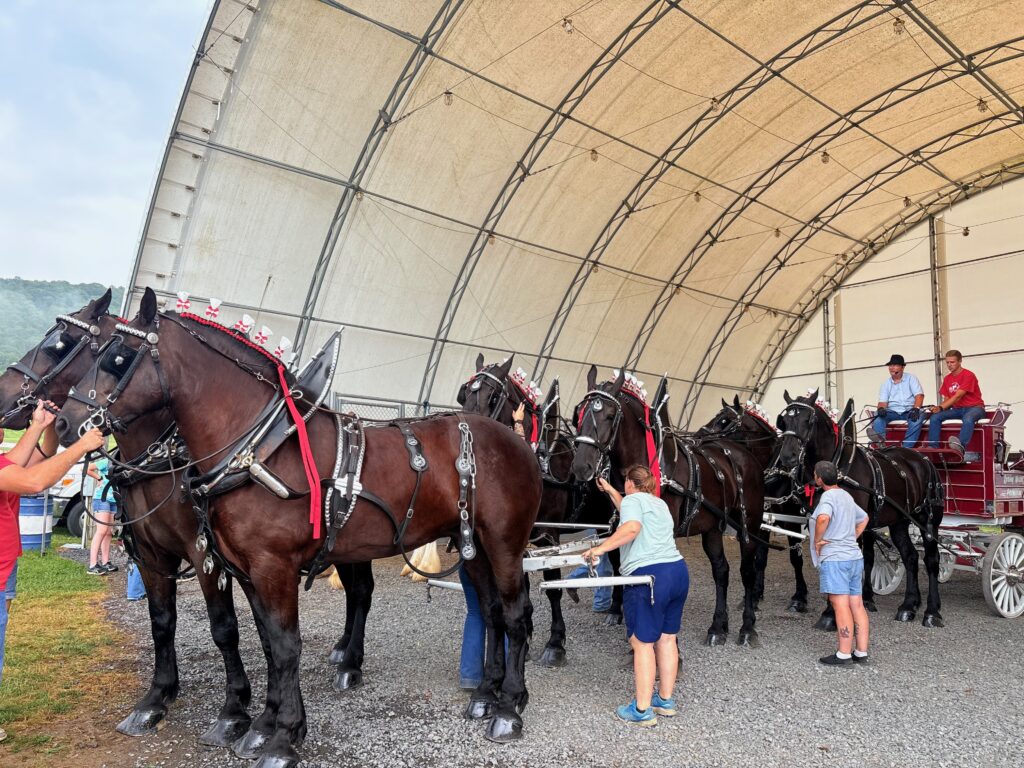
For a look at agriculture before the age of electricity and internal combustion, the Pasto Agricultural Museum offers hands-on exhibits that connect visitors to rural life from 4,000 B.C. through the 1940s. Its collection of 1,300 artifacts shows how households and farms once relied on the muscle power of people and animals—context that complements the cutting-edge equipment and research showcased across the rest of the grounds.
Ag Progress Days continues from 9 a.m. to 4 p.m. on Thursday, Aug. 14. Admission and parking are free.
